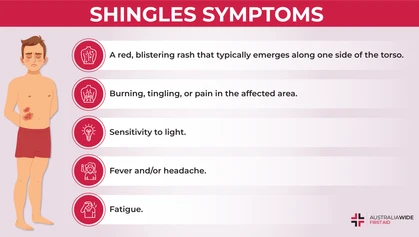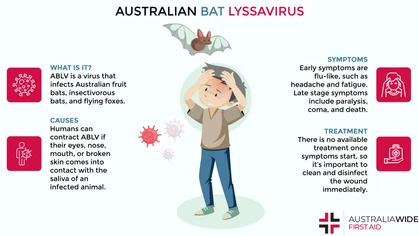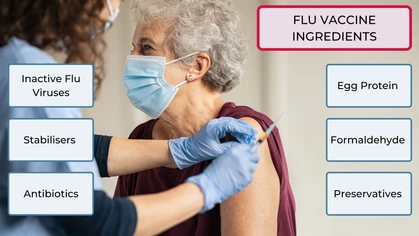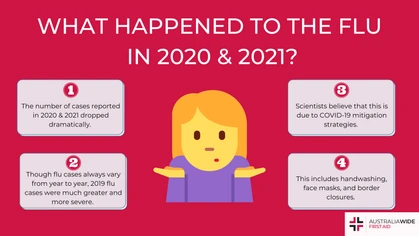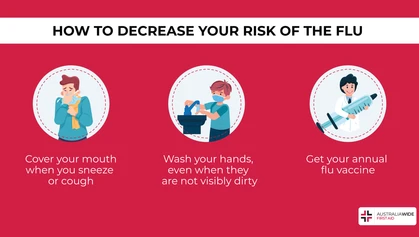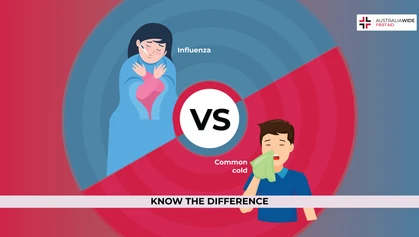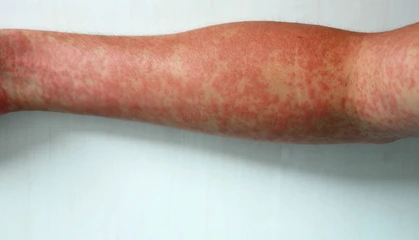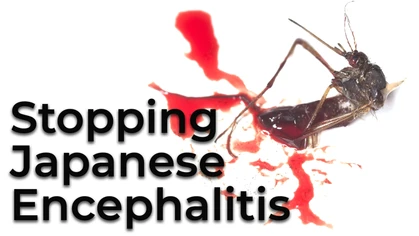Flu Vaccination Side Effects

Virus
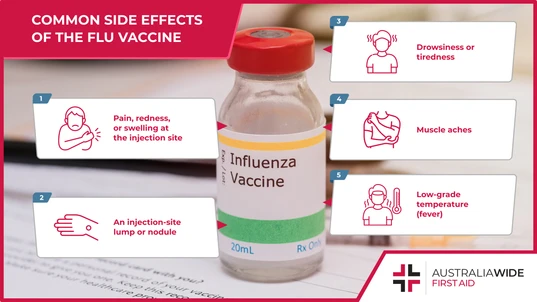
Influenza (flu) vaccines are a brilliant measure for reducing the number of flu cases. Flu vaccines comprise numerous ingredients to ensure their potency, purity, and efficacy. As such, they can cause side effects ranging from mild to severe.
Influenza (flu) vaccines help prevent the spread of influenza viruses. Likewise, they help reduce the number of flu-related hospitalisations and deaths. As with most medical injections and inoculations, the flu vaccine can cause side effects ranging from mild to severe. Today, we are going to separate fact from fiction when it comes to side effects from the flu vaccine. That way, we can help quell your concerns about proactively protecting yourself against the 2022 flu season, and receiving the flu vaccine.Common Side Effects of the Flu Vaccine
It is important to firstly point out, you cannot catch the flu from the flu vaccine. This is because the flu vaccine does not contain any live flu viruses. In fact, vaccine manufacturers add formaldehyde to vials of flu vaccine to inactivate the flu virus. More details about the ingredients found in flu vaccines can be found in our Resource Library. In saying that, it is common for people to experience mild symptoms after their flu vaccine that are similar to those experienced in the initial stages of a flu infection. This is because the flu vaccine is designed to trigger an immune response and the development of antibodies to protect against live flu viruses. As such, mild symptoms indicate that the vaccine is working correctly. Common side effects of the flu vaccine include:- Pain, redness, swelling, or hardness where the needle went in.
- Tiredness and body aches.
- Low-grade temperature (fever).
Rare Side Effects of the Flu Vaccine
Though the flu vaccine generally only causes mild symptoms, if any, it can trigger severe symptoms and health conditions in people. These include:- Anaphylaxis: As with most products that we inject or consume, flu vaccines contain numerous ingredients that can cause severe allergic reactions. It is worthwhile noting, though flu vaccines typically contain trace amounts of egg protein, people with severe egg allergies can still receive the flu vaccine. According to ACT Government, “published evidence indicates the risk of anaphylaxis in patients who are allergic to eggs is very low”. More information about how flu vaccines are made can be found in our Resource Library.
- Febrile convulsions: Febrile convulsions are another rare side effect of the flu vaccine. A febrile convulsion is a fit or seizure that occurs in children when they have a high fever. Febrile convulsions generally last for only 2 to 3 minutes, and they very rarely cause brain damage. Febrile convulsions are not caused by the flu vaccine per se; rather, they are caused by fevers that can onset after a flu vaccine. Getting sick with the flu can also cause febrile convulsions.
- Guillain-Barre syndrome: Guillain-Barre syndrome is a rare autoimmune condition in which a person’s immune system attacks their nerves. This attack can cause a host of symptoms in the muscular and nervous systems, including muscular weakness, odd sensations under the skin, and even paralysis. The exact cause of Guillain-Barre syndrome remains unclear, though it appears to be triggered by a preceding case of viral or bacterial infection, including the flu. Per the United Kingdom National Health Service (NHS), research has shown that the risk of developing Guillain-Barre syndrome (GBS) after the flu vaccine is extremely small. However, people with a history of GBS, and whose first episode occurred within 6 weeks of receiving a flu vaccine, are not recommended to receive the flu vaccine.
What to do After the Flu Vaccine
For mild side effects from the flu vaccine, specific treatment is not usually required. Rather, there are several supportive treatment options that you can use to reduce common side effects of the flu vaccine, including:- Drinking extra fluids and not overdressing if you have a fever.
- Taking paracetamol if pain and fever are present (though you should check the label or speak with your pharmacist if you are unsure of the correct dose).
Conclusion
The flu vaccine is a brilliant intervention for preventing the spread of the flu virus. As the flu vaccine is designed to interact with the immune system and help develop antibodies, it can cause mild symptoms in people that mimic the early stages of a flu infection. On rare occasions, as with most products that we consume or inject, the flu vaccine can cause severe symptoms. If you have any concerns about possible side effects arising from the flu vaccine, speak with your doctor or immunisation provider. And for more information on how to prevent, identify, and manage flu symptoms, book a first aid course near you.
Originally published at
https://www.australiawidefirstaid.com.au/resources/flu-vaccine-side-effects
as part of the Australia Wide First Aid Articles Library
